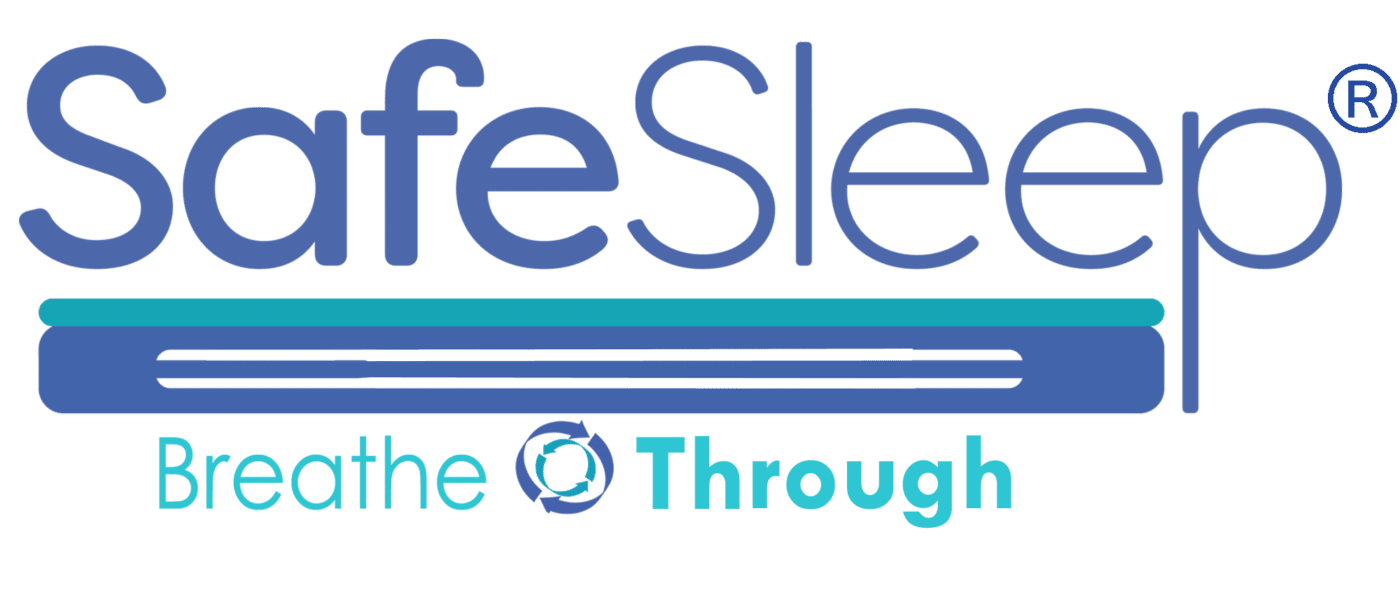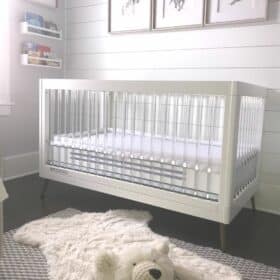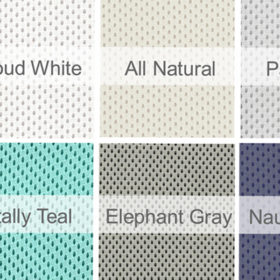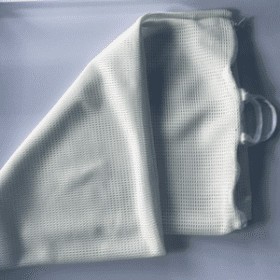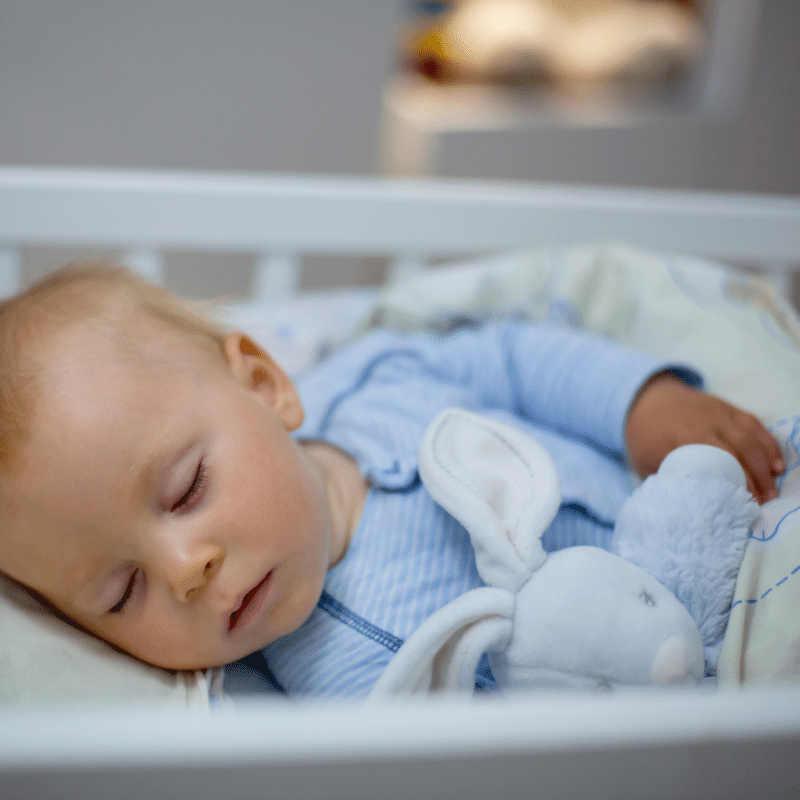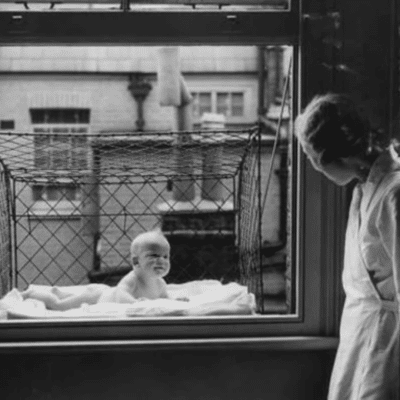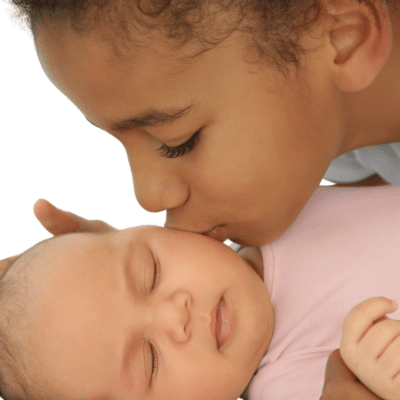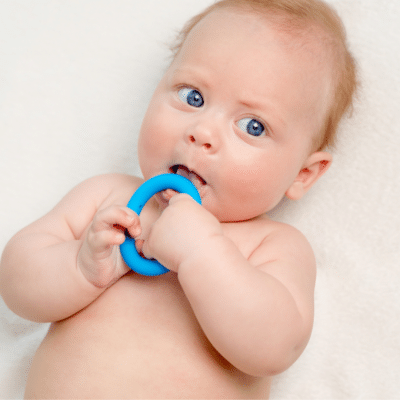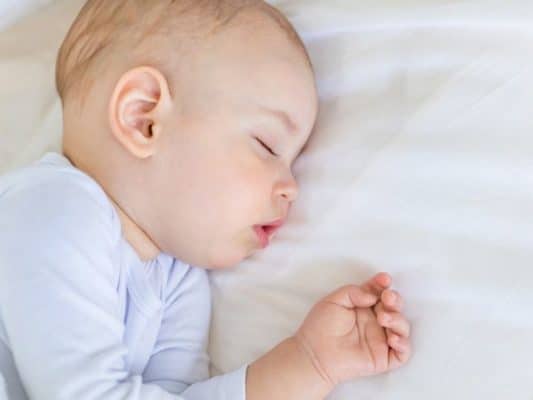No products in the cart.
Baby Sleep
Infants in Unsafe Sleep Conditions
Infants in unsafe sleep conditions was this weeks hot topic for the the American Academy of Pediatrics (AAP).
According to a recent study, parents are unwittingly putting their infants in unsafe sleep conditions, even though health care providers and public education campaigns have worked to educate and promote safe and healthy sleep conditions. This brings into question, “Is safe infant sleep advice effective?“
Good Housekeeping and ABC Study
Good Housekeeping and ABC conducted a study of sleep arrangements by new mothers, studying about 160 infants at one, three, and six months old. How were the infants put at risk?
Researchers found parents were putting the infants in unsafe sleep conditions. For example, they were putting them on their stomachs and sides, on surfaces that were too soft, beds that contained loose bedding or sharing a bed with their parents.
The results were alarming. According to the US Department of Health and Human Services, infants in unsafe sleep conditions is the most common cause of mortality among babies one month to one year of age.
The deaths include sudden infant death syndrome (SIDS) and accidental suffocation/strangulation in bed.
The percentages
In this particular study of infants in unsafe sleep conditions, an upward of 21% of infants were put on sleep surfaces not recommended by experts, 33% in risky positions and 87% had “hazardous items” around their sleep surface, which includes things like loose blankets, stuffed animals, bumper pads, pillows, and sleep positioners.
According to the CDC, 3,500 die from SIDS alone. ABC’s Chief Health and Medical Editor, Dr. Richard Besser, says, “There is a lot we can do to reduce the risk a baby will die from SIDS or accidental smothering or strangulation.
The Safe to Sleep campaign has been very successful at reducing the rate of SIDS, but accidental suffocation and strangulation are on the rise [Science World Report].”
The American Academy of Pediatrics issues the following recommendations when it comes to safety in infant sleeping conditions:
• Back to sleep for every sleep: Infants should be placed for sleep wholly on their back for every sleep by every caregiver until one year of life. Use a firm sleep surface. Do not use any sleep device that causes your baby to be at an inclined position.
• Keep soft objects and loose bedding out of the crib to reduce the risk of SIDS, suffocation, and entrapment, and strangulation: Soft objects, such as pillows, quilts, comforters, sheepskins, bumper pads, stuffed toys, and other soft objects should be kept out of an infant’s sleeping environment.
Loose bedding such as blankets and sheets may be hazardous. These conditions are all unsafe sleep conditions for infants.
• Avoid overheating: Although studies have revealed an increased risk of SIDS with overheating, the definition of overheating is varied. Therefore, it is difficult to provide specific room temperature guidelines to avoid overheating.
The infant should be lightly clothed for sleep, and the bedroom temperature should be kept comfortable for a lightly clothed adult. Over-bundling should be avoided, and the infant should not feel hot to the touch.
Here are more safe sleep do’s and don’ts.
When it comes to the safety of your infant, you simply want the best. But how can you be sure your baby’s sleep product is safe?
Safe Sleep Technologies is one company that believes the proof is in the science. The SafeSleep® Breathe-Through Crib Mattresses has been scientifically tested and proven to offer the highest air-permeability and the lowest rate of carbon dioxide retention. The revolutionary design of the SafeSleep® eliminates suffocation and rebreathing risks. It also helps keep a baby’s core body temperature stable – not too hot and not too cold.
SafeSleep® is dedicated to promoting and furthering infant mattress regulations, hoping to make changes to the industry standards. Currently, the United States only requires that infant mattresses meet the same flammability standards as regular adult mattresses and has proper content labeling.
Related Topics
